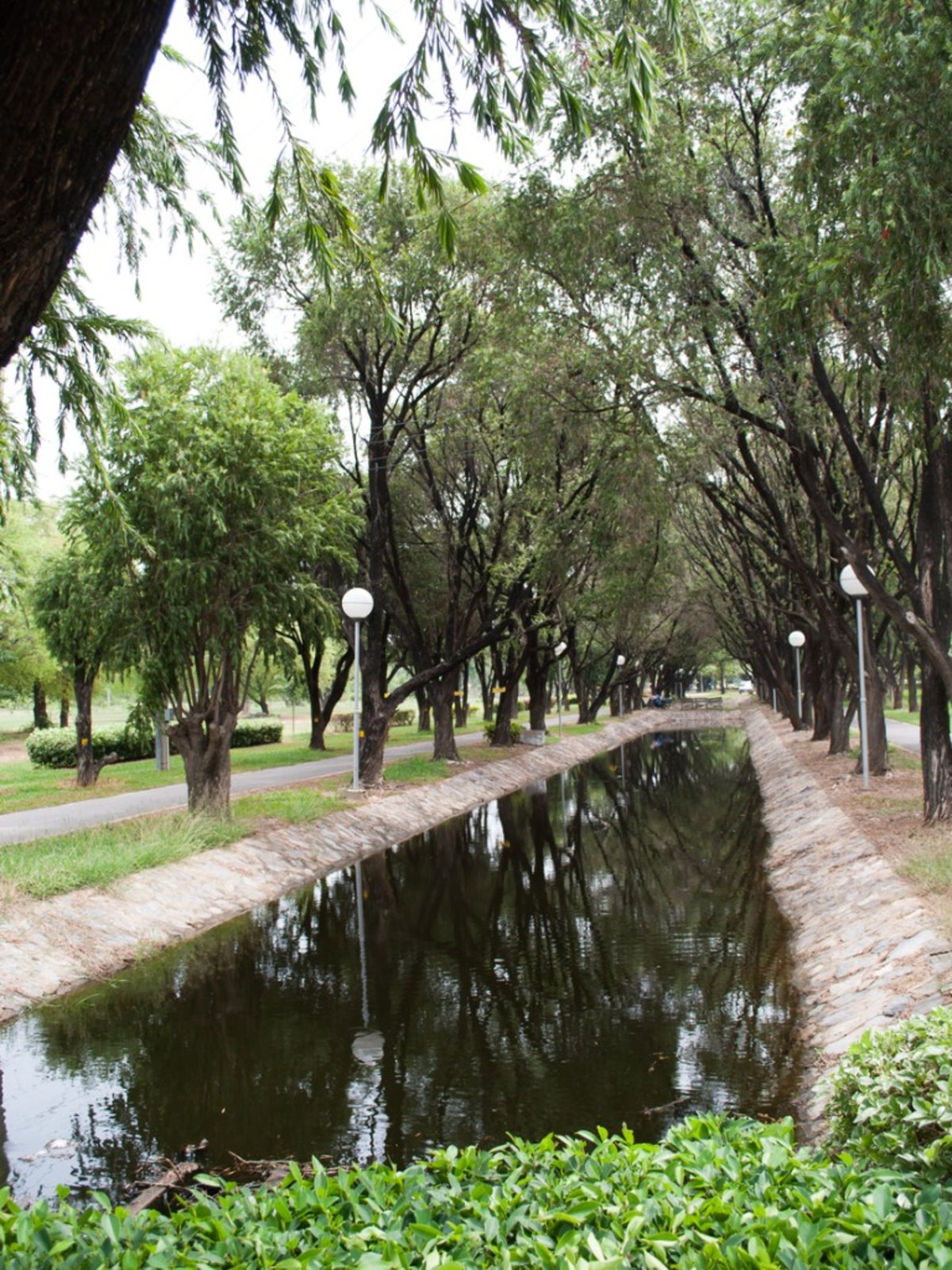What Is A Swale: Learn About Swales In The Garden


Recent droughts and climate change have led to some serious discussions about water conservation and sustainable ways to grow plants without a lot of extra irrigation. One of the best ways to save water is by creating a swale. What is a swale? These are manmade structures made out of earth that are typically used by road management officials to divert water from impervious areas, such as roads, to a depressed earthen area that acts as a bowl to hold that water and filter it. The practice is also useful in the home landscape and can then be adorned with native swale garden plants.
What is a Swale?
Whether you live in drought stricken California or another part of the state, water conservation is a topic on everyone's lips. Swales in the garden provide excellent storage spaces for water while also cleaning and dispersing it. Swales, ditches, berms, and water gardens are all part of municipal water management in many regions. What is the difference between a berm and a swale? Berms are the raised sides of a swale that contain filtering vegetation and porous soil. Swales are designed to convey excess rainwater into their ditch-like interior where it is held and gradually filtered through plants and soil back into the area. The edges of the ditch are the berms and these help hold in the water for a short period so it can be cleansed before reaching the water table or a larger body of water. Swales are different from rain gardens in that they filter water slowly while preventing flooding and other water excess issues. Rain gardens disperse water more quickly. Both are excellent conservation and management techniques but each has a specific location where they are most useful.
Creating a Swale
Building a swale is not difficult but depending upon the size you wish, you may need to rent a back hoe unless you are up for a lot of digging. The size of your swale will depend upon the volume of water you receive during a storm. Situate it at the lowest point of your property and dig deeply enough that the storm runoff will collect inside the ditch. Pile the soil up around the trench as you excavate, creating the berms. The recommended rule is 3 feet (90 cm.) horizontal to 1 foot (30 cm.) vertical. You will be planting on these to help keep the mounds in place, beautify the area, provide animal forage and cover and, most importantly, filter and use the stored water. Swales in the garden should be both useful and attractive to enhance the landscape.
Swale Garden Plants
Plants for swales will have to withstand a lot of varying conditions. For instance, in arid places with little annual rainfall but sudden shocking rainstorms that drop huge volumes of water at once, your plants will need to be drought tolerant but require and thrive in sudden but infrequent deluges. The best advice is to stick with native plants as much as possible. They are adapted to your regions changing climate and fluctuating rainfall. During the first year of their installation, you will need to provide additional water to help them establish but thereafter the plants should thrive with just the captured water except in severely dry periods. Additionally, soil should be amended with compost if it is nutritionally poor and a ground cover of pebbles or rocks is useful in the interior of the swale. These further filter water, hold in soil and can be piled as needed to provide check dams that will slow the flow of water. It is recommended that plantings be dense to discourage weeds and plants should be at least 4 to 5 inches (10 to 12.5 cm.) tall and resistant to flooding.
Gardening tips, videos, info and more delivered right to your inbox!
Sign up for the Gardening Know How newsletter today and receive a free copy of our e-book "How to Grow Delicious Tomatoes".

Bonnie Grant is a professional landscaper with a Certification in Urban Gardening. She has been gardening and writing for 15 years. A former professional chef, she has a passion for edible landscaping.